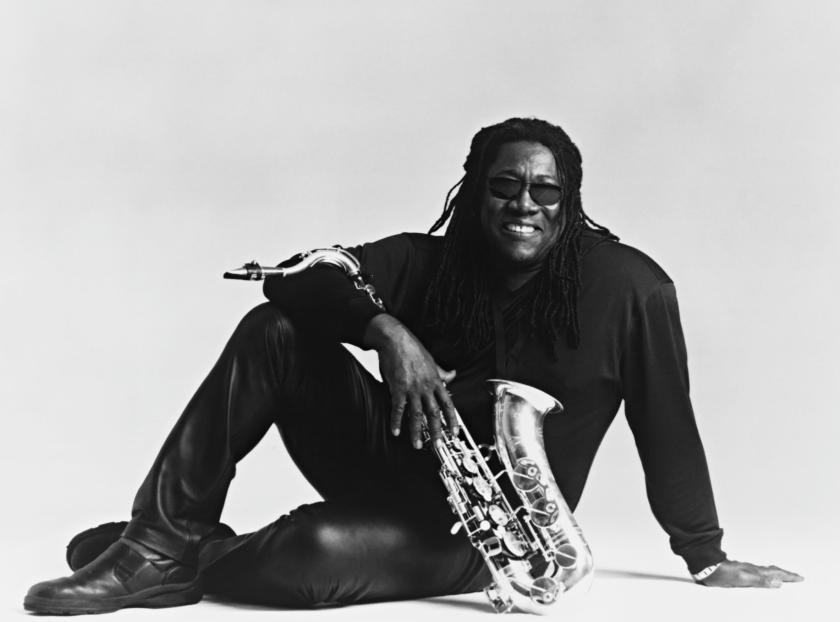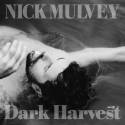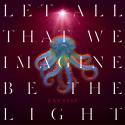I must confess the sum total of my knowledge of Clarence Clemons before watching this documentary was that he was, for many years before his death in 2011 at the age of 69, the mighty saxophone player in Bruce Springsteen's E Street Band. And what a sax player...
Nick Mead's film shows him to be much more than The Boss's sidekick (although that would not be a bad epitaph). Much of it is from Who Do I Think I Am?, which was about the saxophonist’s spiritual pilgrimage to China in 2003; Mead and his subject hit it off, so he kept shooting material after they returned to the US.
Clemons, known affectionately as "The Big Man", was an imposing presence in life and on stage – he was 6ft 5in and 20-plus stone – and, as bandmate Nils Lofgren recalls, “He lived for rocking out on stage.” His funky riffs, as one critic described them, took off where Springsteen's words ended.
He grew up in Virginia (cue some lovely reminiscences from his aged aunts) and his childhood was scarred by segregation laws – he and his best friend, a white boy, could not go to the same places together. One of the film's talking heads made the point, though, that Clemons was one of the few standout black musicians in rock music during the 1970s and 80s – a time when much of the industry was “black” or “white”.
There were contributions from critics, family members, including his nephew Jake (now, touchingly, taking Clarence's place in the E Street Band), plus musicians, as well as fan and fellow honker Bill Clinton.
Strangely, considering how busy it was romantically, there was scant detail of Clemons' interesting personal life – he was married five times and had four children – and the car crash that put an end to his hope of pursuing a professional sports career. These things made him as much the man and musician he was as his professional relationships, surely?
The section about Clemons' trip to China (he felt drawn to the place, and that he had been there in a previous life) revealed more of the man to us but there was some unintentional comedy here, too. As he says “I wanted to see what would happen”, and it did. He was the first black man many locals had seen, and when he started playing his sax at the Great Wall of China, one passer-by said: “Who do you think you are?”, which gave the film its ironic title.
Springsteen and Clemons had a special bond – indeed Springsteen wrote “Tenth Avenue Freeze-Out” about the moment Clemons came into his life – but The Boss was noticeably absent here, although he gave permission for the live and studio clips Mead uses. We'll just have to settle for his tribute, which ended the film: “Losing him was like losing the rain.”













Add comment